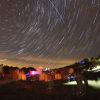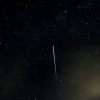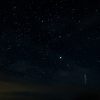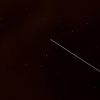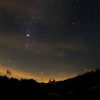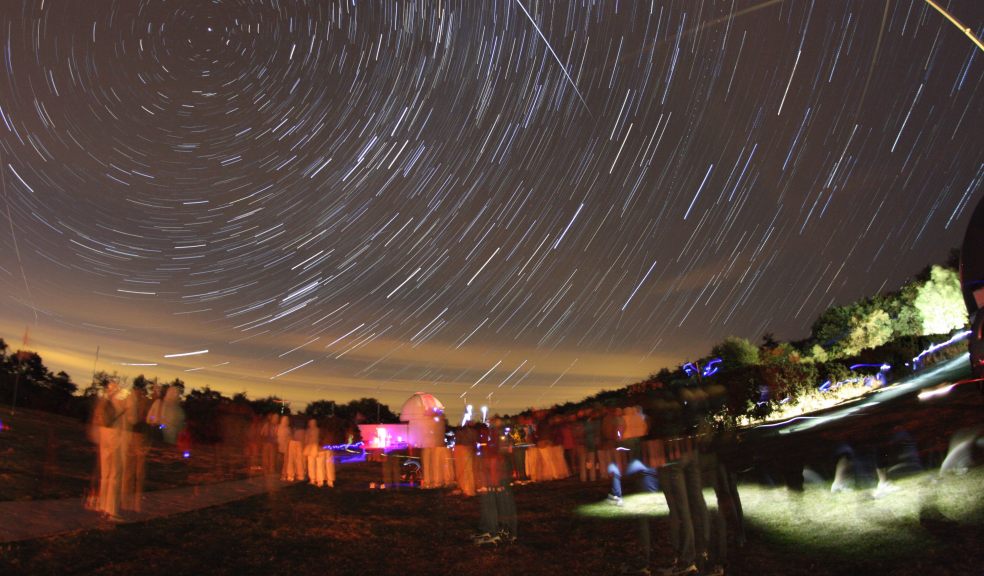
Perseids meteor shower brightens up Exeter's night sky
Last night, stargazers across Devon saw the annual Perseids Meteor Shower glimmer across the sky.
Mankind has been watching the Perseids for over 2,000 years, these are flecks of dust and ice that have fallen off the tail of the Swift-Tuttle Comet in orbit.
The comet orbits the sun every 133 years and each meteor is a falling piece of comet dust vaporising into the atmosphere creating, what are commonly known as, shooting stars.
The meteors travel at approximately 36 miles per second.
Predicted to have 60 meteors per hour, the best "shooting stars" were to be seen last night. However, the Norman Lockyer Observatory (NLO), in Sidmouth, reported rates of over 200 meteors per hour.
The NLO had in excess of 120 visitors and Chairman David Strange claims they were able to "show them Perseid meteors under clear skies and favourable conditions with the moon setting early in the evening.
"We were also able to show people a favourable pass of the International Space Station which was almost directly overhead at 11pm.
"A bright fireball was also caught just before 1am this morning appearing at the Perseid radiant above the Connaught.
"It was one of the most impressive displays for many years."
Visible to the naked eye, even first time stargazers could witness what has been described as a "natural firework display."
Astronomers were on an added lookout for the International Space Station flying over at the same time, which appeared to be a clear bright line among the meteors.
Some local photographers were able to catch the dazzling spectacle on camera.









